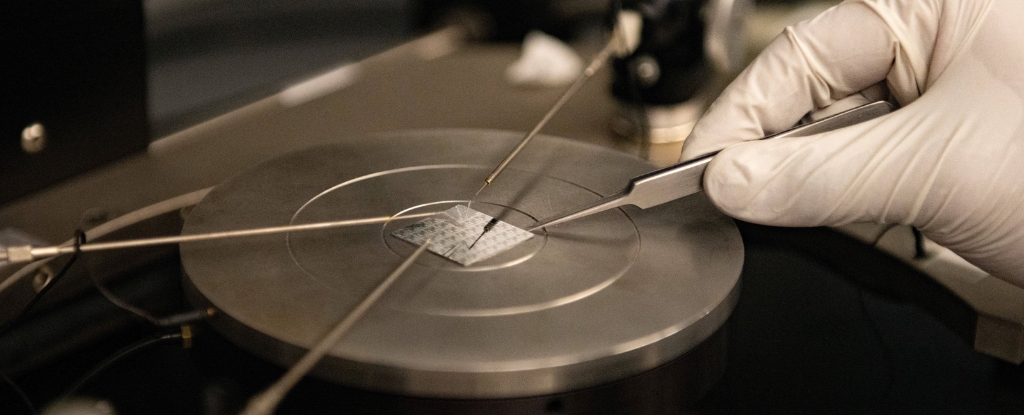
New Thermal Material Could Slash Data Center Cooling Demands
Title: Innovative Thermal Material Promises to Revolutionize Data Center Cooling Demands
As the world grapples with escalating data storage demands and their concomitant costs, a new player has emerged on the scene, promising to redefine the landscape of data center cooling and energy efficiency. A breakthrough thermal material could potentially slash data center cooling demands, resulting in significant energy savings, reduced environmental impact, and more efficient home and business electronics.
The insatiable demand for data storage is not without its burdens. The cost, both financial and environmental, is immense. Data centers across the globe consume an estimated 200 terawatt-hours (TWh) of electricity annually, roughly 1% of the world’s total electricity demand, according to the International Energy Agency (IEA). A significant portion of this energy is dedicated to cooling systems that prevent servers from overheating, a necessity given that electronic components generate heat as a byproduct of their operation.
However, this scenario could soon change, thanks to the development of a revolutionary thermal material. This innovative material, currently undergoing rigorous testing and evaluation, has the potential to dramatically improve the efficiency of data center cooling systems, thereby reducing their energy consumption and environmental impact.
While the exact specifics of the material are yet to be disclosed, the preliminary findings show the material exhibits extraordinary thermal conductive properties. It is designed to draw away the heat produced by electronic components more efficiently than current cooling methods, including air and liquid cooling systems. If these preliminary results hold true, this new material could redefine the approach to data center cooling, moving away from energy-intensive methods toward a more sustainable and efficient solution.
The implications of this development are far-reaching. Lower energy consumption means lower operating costs for data centers, making data storage more economical. This could potentially lead to a decrease in the cost of cloud storage for consumers and businesses.
Moreover, the reduction in energy consumption will have a significant environmental impact. Less energy use translates to fewer carbon emissions, aligning with global efforts to combat climate change. It’s a win-win situation – data centers can enjoy reduced operating costs while contributing to environmental sustainability.
But the potential applications of this thermal material don’t stop at data centers. The material could also revolutionize the energy efficiency of home and business electronics. For instance, it could be integrated into the design of personal computers, laptops, and servers, improving their cooling efficiency and thereby extending their lifespan.
The introduction of such a material could also lead to the development of smaller, more portable devices. As the material efficiently dissipates heat, electronic devices could be made smaller without the risk of overheating, paving the way for more compact and portable devices.
Moreover, the material’s potential for reducing energy consumption could prompt electronics manufacturers to reconsider their designs with a renewed focus on energy efficiency. This could result in a new generation of more energy-efficient devices, reducing the carbon footprint of the electronics industry.
The development of this thermal material represents a significant step forward in the quest for energy-efficient technology. It embodies the convergence of science and technology in a bid to address some of the most pressing challenges of our time – escalating data storage demands, energy consumption, and environmental sustainability.
While the full potential of this thermal material is yet to be realized, the preliminary results are promising. As research advances, we can hope to see a shift in the landscape of data center cooling and energy efficiency. The implications are enormous, promising not only economic benefits but also contributing to the global fight against climate change.
In an increasingly digital world, the demand for data storage is unlikely to abate. However, with innovations like this thermal material, we can meet these demands in a more sustainable and efficient manner. As we navigate the challenges of the digital age, it’s clear that the marriage of science and technology will continue to pave the way for a more sustainable future.
In conclusion, the development of this innovative thermal material heralds a new era in data center cooling and energy efficiency. It promises a future where data storage is not only more economical but also more conducive to the health of our planet. The future of data centers, and indeed of the digital world, looks bright, thanks to the power of innovation.
